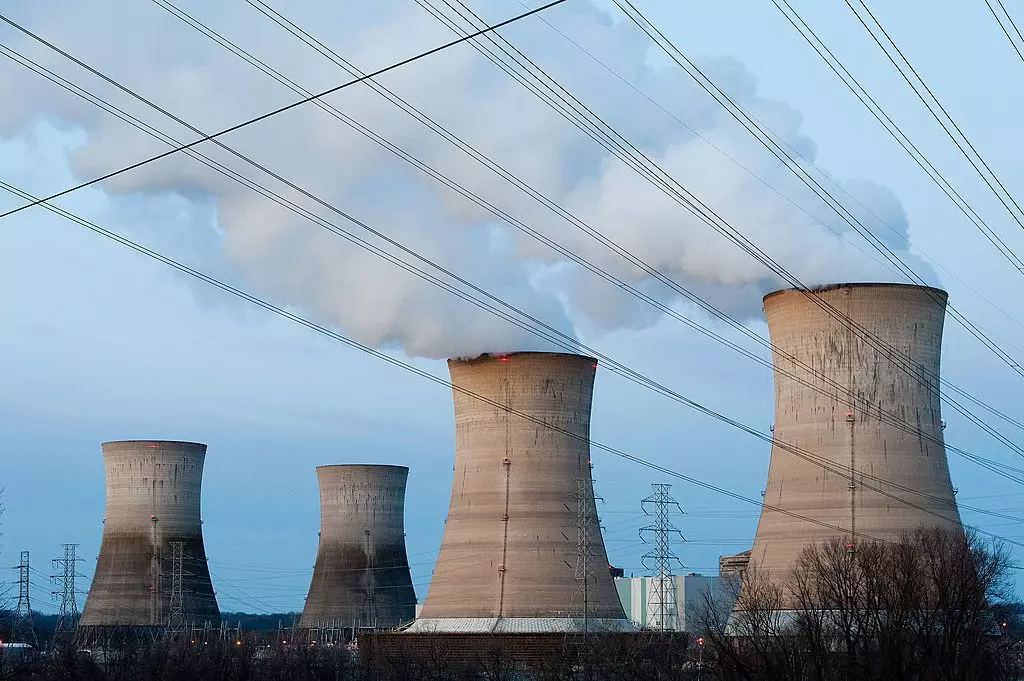The Three Mile Island (TMI) power plant has long occupied a prominent place in the narrative of nuclear energy in the United States. Known largely for the infamous partial meltdown of TMI-Unit 2 in 1979, the facility has embodied both the potential and challenges of nuclear power. Today, Three Mile Island is positioning itself for a reinvention, as parent company Constellation Energy plans to restart TMI-Unit 1 in a bid to provide carbon-free energy for Microsoft’s growing data center needs. This transformative step is not just about energy production; it marks a critical juncture in the conversation around nuclear power, climate change, and the burgeoning demand for clean energy solutions driven by technology.
Start-up efforts for TMI-Unit 1 are set against a backdrop of careful planning and regulatory participation. While TMI-Unit 2 will remain non-operational, TMI-Unit 1 has historical significance, having operated from 1985 until its decommissioning in 2019 due to financial impracticalities. Constellation Energy has embarked on refurbishing the aging reactor, a process that goes beyond mere updates. The undertaking involves navigating a complex maze of federal and state approvals, highlighting the regulatory hurdles faced by the nuclear industry. The anticipated return of TMI-Unit 1 by 2028 signifies much more than an economic revival of an aging facility—it represents a renewed commitment to reducing carbon emissions and addressing energy demands. Notably, the move to rename the plant the “Crane Clean Energy Center” after the respected Chris Crane reflects the industry’s need to promote a positive narrative concerning nuclear energy.
The partnership between Constellation Energy and Microsoft signifies a major milestone for numerous reasons. Microsoft, a global leader in cloud computing, has been under increasing pressure to mitigate its carbon footprint as it scales up its data center operations. The proposed 835 megawatts of carbon-free energy from TMI-Unit 1 will be instrumental in achieving these objectives. Microsoft’s Vice President of Energy, Bobby Hollis, describes this agreement as a “major milestone,” illustrating the urgency and importance of clean energy solutions. As AI technologies continue to proliferate and demand more power for processing, this collaboration serves as a model for how technology firms can work with energy providers to address complex sustainability challenges.
As the push for cleaner energy sources intensifies, the implications of this agreement extend far beyond Microsoft and Constellation Energy. It has caught the attention of policymakers, with the U.S. Department of Energy expressing support for advancements in nuclear power as a cornerstone in climate strategy. Dr. Michael Goff, an official at the Department of Energy, has underscored the necessity of “always-on, carbon-free nuclear energy” as an integral component of meeting both energy demands and climate goals. This sense of collective responsibility among tech giants, traditional energy providers, and government agencies exemplifies a shift towards embracing nuclear energy as part of a sustainable future.
Bill Gates, the founder of Microsoft, is also championing innovation in nuclear technology through his company TerraPower. The establishment of new nuclear plants is indicative of a broader trend wherein technological advancements in nuclear energy are being recognized as feasible, sustainable solutions to the increasing demand for electricity. Gates’ insights about the evolving needs for electric vehicles, homes, and data centers reflect a salient point: not only is energy production pivotal in the transition to a low-carbon future, but the nature of consumption is also evolving dramatically.
The revival of TMI-Unit 1 and its transition to the Crane Clean Energy Center reveals the intricate balance that exists between historical challenges, modern advancements, and future sustainability. This endeavor encapsulates the essence of current energy dialogues—leveraging the lessons of the past while pushing toward innovative, responsible solutions in the energy landscape. As we continue to grapple with climate change and technological advancements, the collaboration between corporations like Microsoft and energy leaders such as Constellation Energy offers not just a glimpse into the future of nuclear energy but a potential pathway toward a more sustainable world.

